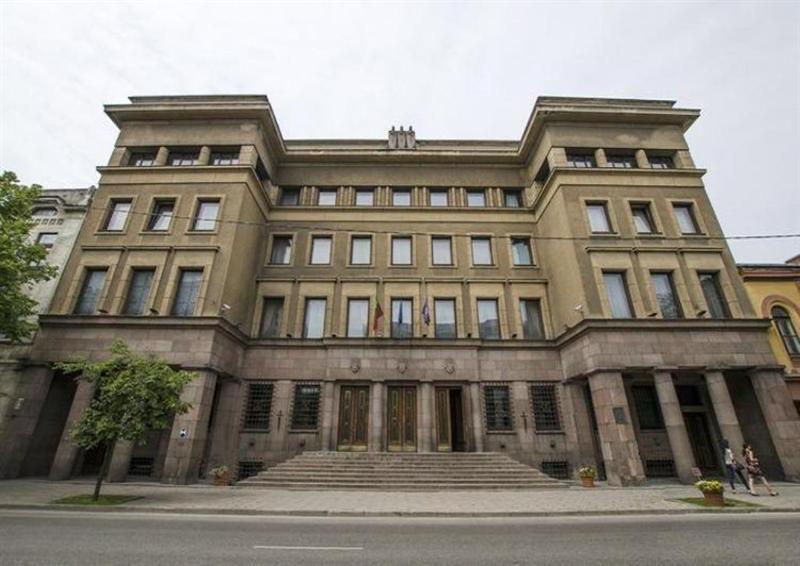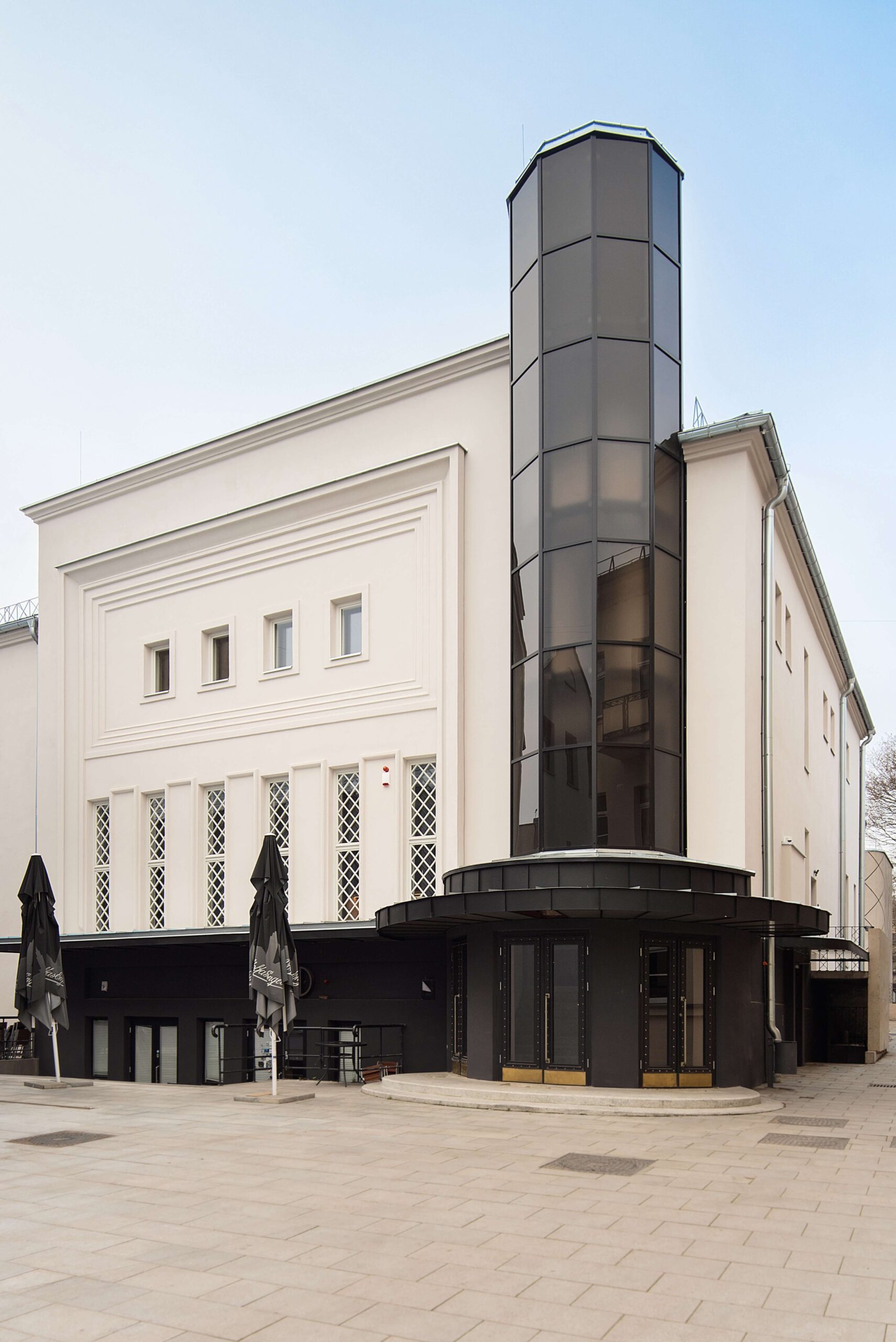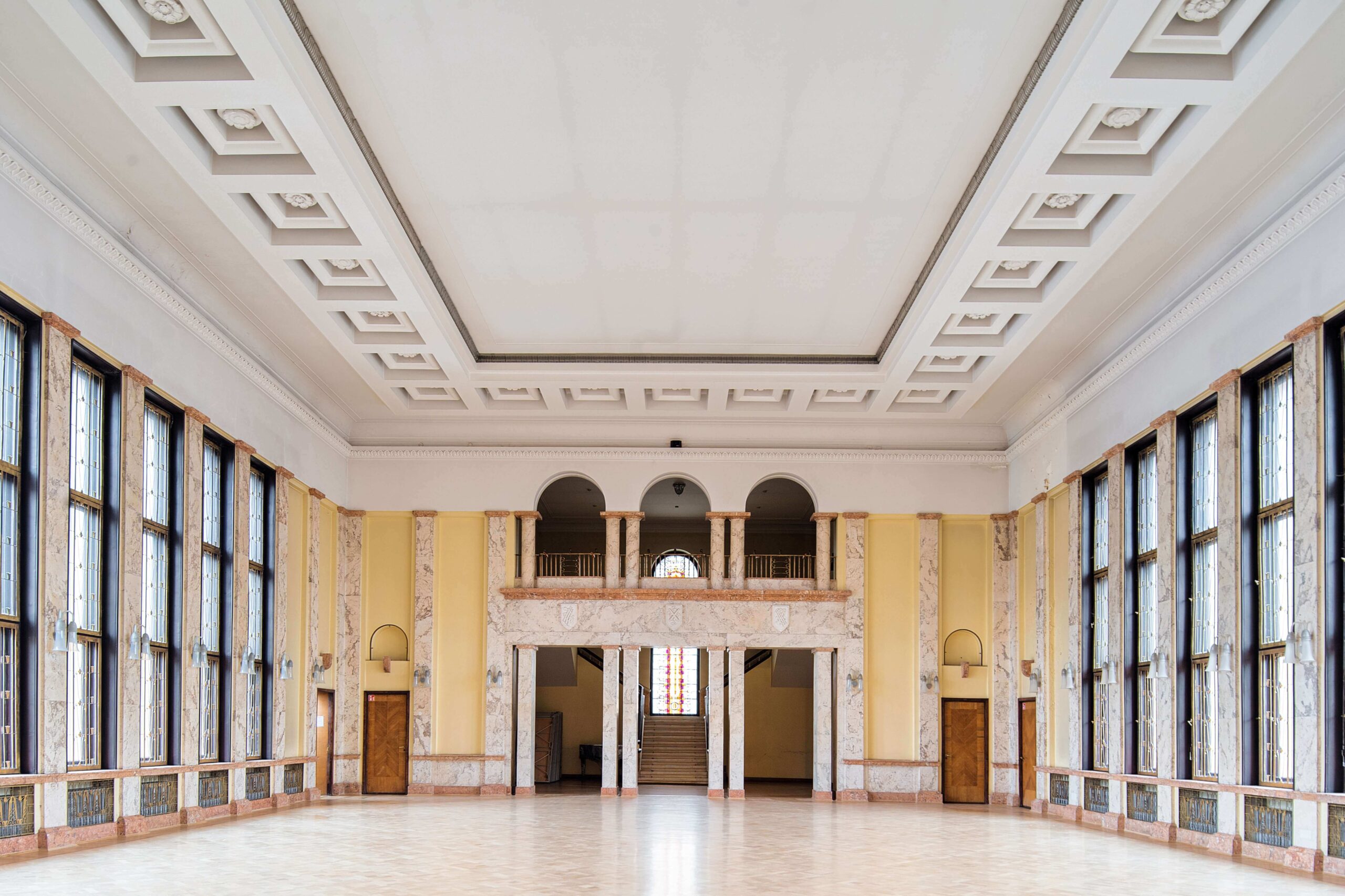This website uses cookies so that we can provide you with the best user experience possible. Cookie information is stored in your browser and performs functions such as recognising you when you return to our website and helping our team to understand which sections of the website you find most interesting and useful.
Kaunas of 1919-1940





The EHL Site
In 1919–1939 Kaunas was an official temporary capital of Lithuania and the most important city altogether. At that time a new era started for the European existence of the city and the entire country altogether: the freedom breakthrough opened the gate to fast development and improvement. Government institutions and all international organizations and states, which had diplomatic relations with Lithuania, had their missions in Kaunas.
The liberation from the czarist Russian occupation defined the city’s development direction. During the first independence decade reconstruction works of the state and the new capital, and formation of the economic foundations took place. The following decade marked a striking progress in education and health systems and flourishing of arts and other areas of culture. Irrespective of difficulties faced, Kaunas gradually developed from a lagging behind periphery of the czarist Russia to a city aiming to become a modern and fully-fledged European capital city.
All this was clearly reflected in movements of that time, cultural movements, the city architecture and people’s world view. The spirit and style of the period of the temporary capital’s formation was materialized in buildings then, which were erected on the basis of local material and intellectual resources. Having spread fast in Europe, ideas of modernism also reached Lithuanian culture. Ambitions and problems of the period are reflected in artist paintings and architectural works featuring European school characteristics. Naujamiestis (New Town) and Žaliakalnis neighbourhoods remain the most prominent points of Kaunas city’s interwar modernization and Europeanization. At that time they featured the concentration of the most significant Government, education, art institutions and non-governmental organizations with talented intellectuals working for them, who got their ideas from other European countries.
However, this golden period of the city flourishing was interrupted by the Soviet occupation, the period which caused major damage to Kaunas, Lithuania and a part of Europe. When Vilnius was given back the name of the capital after the World War II, Kaunas became the second largest and most populated city in Lithuania. It is still the one today, having retained all the spiritual, social, economic and architectural treasures created during the interwar period.
On September 18, 2023 “Modernist Kaunas: Architecture of Optimism, 1919-1939” was inscribed in the UNESCO World Heritage List.
European dimension
The Modernists of Kaunas and the buildings they have built during that inter-war period are a testimony of the power of European ideals and cultural influence which reached Lithuania after World War 1. It is with their bold and innovative designs that architects and artists moved the City of Kaunas forward, from a czarist frontier to a European capital. This Europeanization and modernization process is a testimony to the efforts of Lithuanians of the time in moving towards the shared European identity, despite the golden age of Kaunas was brought to an end by the Soviet occupation.
The organization
Kaunas city municipality Cultural heritage division is the site management unit for the EHL site “Kaunas of 1919-1940” and for the UNESCO world heritage site “Modernist Kaunas: Architecture of Optimism, 1919-1939”. It is authorised to implement various heritage safeguarding measures and management actions in Kaunas: inspect historical buildings, approve projects and issue permits for heritage conservation and restoration works, provide funding, consult the stakeholders etc.
